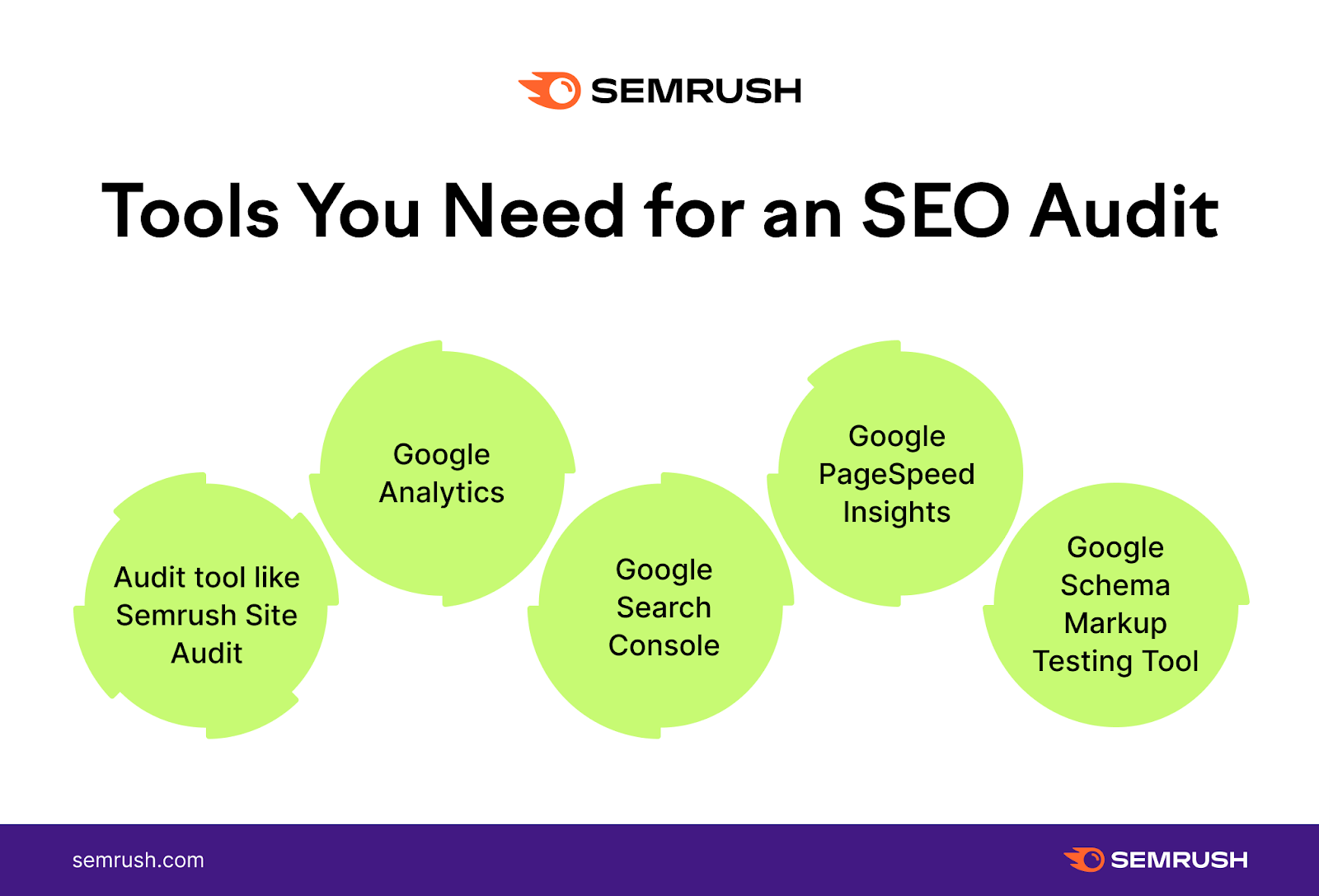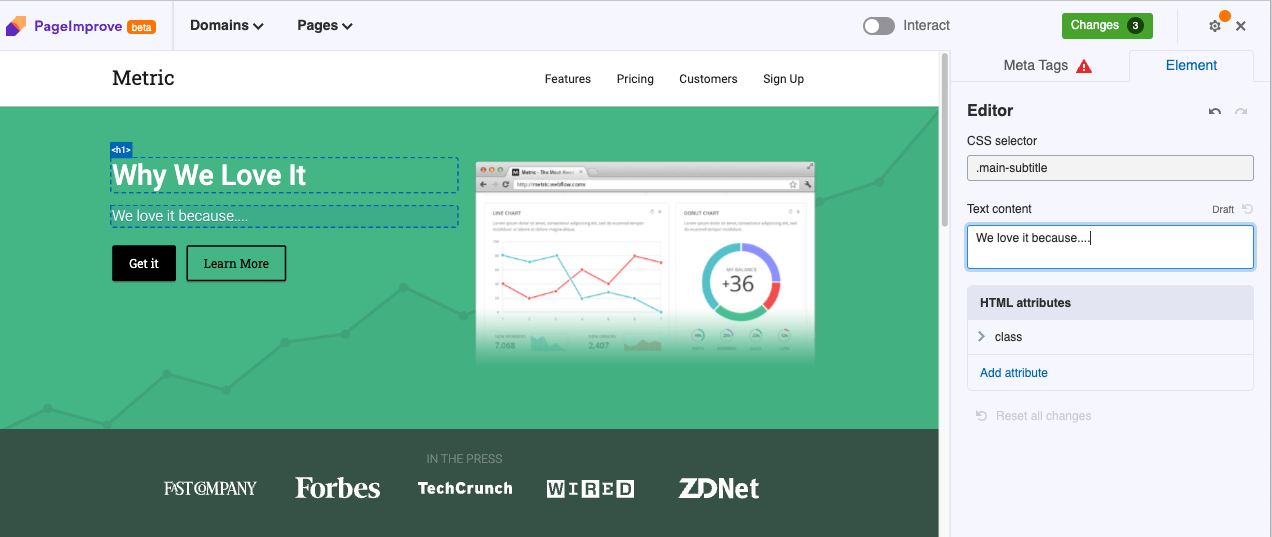How Often Should I Update On-Page SEO?

SEO can be fickle in terms of results–both in terms of what works, how fast you can expect results, and how long before the next algorithm update. For all the important and often urgent optimizations we carry out, it can be difficult to know when (or if) we’ve done enough and whether it’s time to do it all over again.
In many ways, the work never ends—there’s always something to tweak and improve—but finding the balance in your workflow is a tough task in itself.
If you’re asking yourself how often you should be working on your SEO, we’re here to help. In this article, we’ll look at the ideal frequency of updates for the most essential on-page factors, so you can work with confidence that you’re spending time on what matters.
Why On-Page Factors Require Constant (but Strategic) Attention
Essentially, SEO is an evolving beast. The ways in which people search are always changing, so the ways in which search engines provide answers to those people should change, too.
No single site can hit position number one in the SERPs and stay there without effort, no matter how big the brand might be. That’s why all good marketers keep on top of the likes of title tags, headings, internal links, alt texts and more to keep up with user habits and improve and protect their rankings.

They understand that there’s a great deal of trial and error involved in keeping a site optimized, too. It’s important to allow time to see if your changes had the desired effect and adapt accordingly, so on-page SEO requires both constant attention and patience to succeed.
If you don’t have a strategy behind your optimizations, though, you’ll be wasting time and resources. Constant attention doesn’t mean constant auditing—it means that a constant and reliable plan of action should be in place to keep on top of issues and optimize as a result. Carry out on-page checks and tweaks at strategic intervals and you’ll be on your way to managing a successful site.
How Often Should a Page be Updated for Good SEO Results?
The answer is probably that you should be updating more often than you do right now, but the frequency is determined by the kinds of updates you need to make.
The answer may be different for various parts of the same site. For example, a blog post about a current event that may become outdated quickly might not need analyzing and updating as often as a popular product page, for instance, because they perform different roles. Moreover, the size of your site and the frequency at which you publish new pages will affect how often you should check your site for SEO issues (a little more on that later).

Generally, changes to on-page factors should be led by circumstance, whether you need to be proactive or reactive in nature. Here are some of the scenarios that might dictate how often you should be checking and updating on-page factors:
- Changes to products: If things like stock levels or product updates affect your site every day, you might want to conduct more regular audits to keep on top of 404 errors and redirects, for instance.
- Possible audit cadence: Once per week
- Changes to competitors: If you’ve noticed a competitor’s site performing particularly well of late, you might want to check how they’ve optimized the pages you’re competing with and compare them to your own.
- Possible audit cadence: Once per month
- Changes to site architecture: If you’re planning a structural change to your site, such as rearranging categories and subcategories, you will want to conduct on-page audits before and after to see how performance is affected.
- Possible audit cadence: Twice per update – once before, once after
- Experiment planning: If you’re going to disavow a bunch of backlinks soon or make server changes, run audits before and after in such cases, too, to be sure of causes and effects.
- Possible audit cadence: Twice per experiment – once before, once after
- Algorithm updates: If there’s an update coming and you want to understand its impact on your site, make sure you know where you stand beforehand with an audit of your on-page elements.
- Possible audit cadence: Twice per update – once before, once after
Planning your audits for on-page issues in each of those scenarios is a must. It allows you to monitor the impact of changes to your site and optimize on-page ranking factors accordingly.
Remember, each case is different, so take the cadence recommendations above as a starting point and work on your own personalized approach. If your audits are often returning no issues, you might reduce the frequency. If you keep missing important competitor updates or on-page issues on your own site, you might increase the cadence.
There are times when issues will crop up without you realizing, too. Rather than upping the frequency of your manual audits and using crucial time and resources that could be applied to other areas, there are ways to monitor your site quickly, regularly, and efficiently.
How Do I Check for On-Page Issues that Need Fixing?
Optimizing and improving SEO is one of those things that improve your SEO over time, but fixing issues that pop up can be urgent. Fortunately, we have the tools that can help take the pressure off: namely, Site Audit and On-Page SEO Checker.
With the former, you can set regular audits to run automatically for as many pages as you like, and get an email summary every time an audit is completed. It’ll let you know about the overall health of your site, including on-page factors like internal links, canonicals, and thin content, so you can make the necessary changes.

With On-Page SEO Checker, you can get a full list of ideas for improvement for every page on your site, and sort them by importance. You’ll get recommendations for technical fixes to content best-practices, so you’ll be ready to fix any and all on-page issues in your own time.

Having the On-Page SEO Checker at your disposal and Site Audits running on a regular basis, you’ll have more control over your site’s SEO than ever, no matter how big or small it is.
Does the Size of My Site Affect the Frequency of On-Page Issues?
With smaller sites of, say, fewer than 50 pages, issues with on-page factors might be few and far between, so you won’t need to run those checks or audits quite as regularly. Every couple of weeks or even once a month should do the trick.
With sites that have hundreds of product and category pages, however, on-page issues tend to be far more common because there are so many moving parts. The larger the site and the more people involved in making changes to it, the higher the likelihood of knock-on effects.
In these cases, running weekly checks with Site Audit can help alert you to any issues that crop up because of other activity across the business, or external factors like changing Search behaviors.
If you have total control over your CMS, most changes will be easy to make yourself, but if you don’t or you’re not fully sure how to use it, you might need to enlist the help of your developers. Their to-do lists are often pretty long, so it’s not always straightforward getting these changes implemented quickly for fast SEO results, but there is a way to fast track them by doing them yourself.
How Do I Make On-Page Changes without Needing a Developer?
When you’ve done your audit and you’ve got a list of on-page factors to edit, from H tags and links to titles and metadata, PageImprove is the tool to turn to if you can’t dive headfirst into your CMS.
Thanks to a small browser extension and a snippet of JavaScript, you can make the edits directly from your browser and monitor the effects they have in days and not months. If they don’t have a positive impact, you can reverse them with a single click. If they do, happy days!

Managing On-Page Factors with a Plan (and the Right Tools)
While it’s true that it’s important to always keep an eye out for on-page improvements, try not to overwhelm yourself by thinking that you have to constantly audit and action changes as a result.
Instead, accept that you can’t get to everything at once, and arm yourself with a planned workflow that prioritizes the most important parts of your site. That way, you can be comfortable in the knowledge that you’re keeping on top of your site in a proactive manner, whilst giving yourself enough breathing room to be reactive when the likes of algorithm updates come along.
Using tools like PageImprove, Site Audit, and On-Page SEO Checker will help you automate and quicken parts of your workflow so you can concentrate on the analysis and the updates themselves. Put yourself in control of your own SEO future and start planning your on-page optimization strategy today.
Source link : Semrush.com



